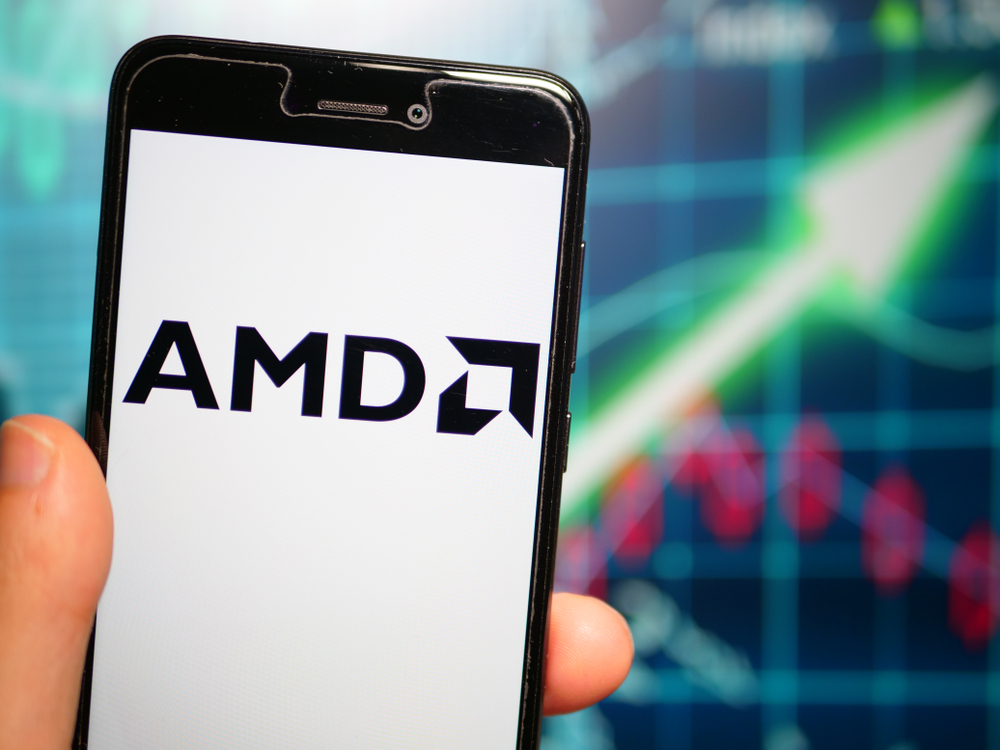AMD Link Mobile App Gets New Tutorials
If there's anything enthusiasts love more than eking more performance out of their systems, it's constantly monitoring that performance in as many ways as possible. It's fitting, then, for AMD to have released new videos explaining how to use its AMD Link right around Valentine's Day. Ain't love grand?
AMD Link is available for iOS and Android devices. The app can be used as a system monitoring tool that shows off various details about the connected system's CPU, GPU and other parts. That probably isn't particularly exciting unto itself--unless you really need to monitor system performance via your phone--but it's also not the only thing the app can do.
AMD updated Link in December 2018 with voice controls, which made it easier than ever to request access to specific data, and game streaming. In fact, the offering can be used as a full-fledged remote desktop tool. The update also introduced compatibility with AMD's Radeon WattMan software, which enables power management and performance setting adjustments for AMD hardware.
The problem with introducing a bunch of new features all at once, however, is that people might feel overwhelmed and fail to engage with all of them. AMD Link might also suffer from poor first impressions: App Store and Play Store reviews are both sitting around 3.5 stars with relatively few ratings, as of this writing.
That's where the new videos come in. They're meant to teach AMD Link users how to take advantage of the app's new features and are also an opportunity for AMD to remind people that Link exists.
Here are the videos:
If those tantalizing videos got you excited about AMD Link, you can learn more about the app on AMD's website. Go ahead. Nobody here is going to judge you for spending your Valentine's Day tinkering with AMD's system monitor.
Get Tom's Hardware's best news and in-depth reviews, straight to your inbox.

Nathaniel Mott is a freelance news and features writer for Tom's Hardware US, covering breaking news, security, and the silliest aspects of the tech industry.


